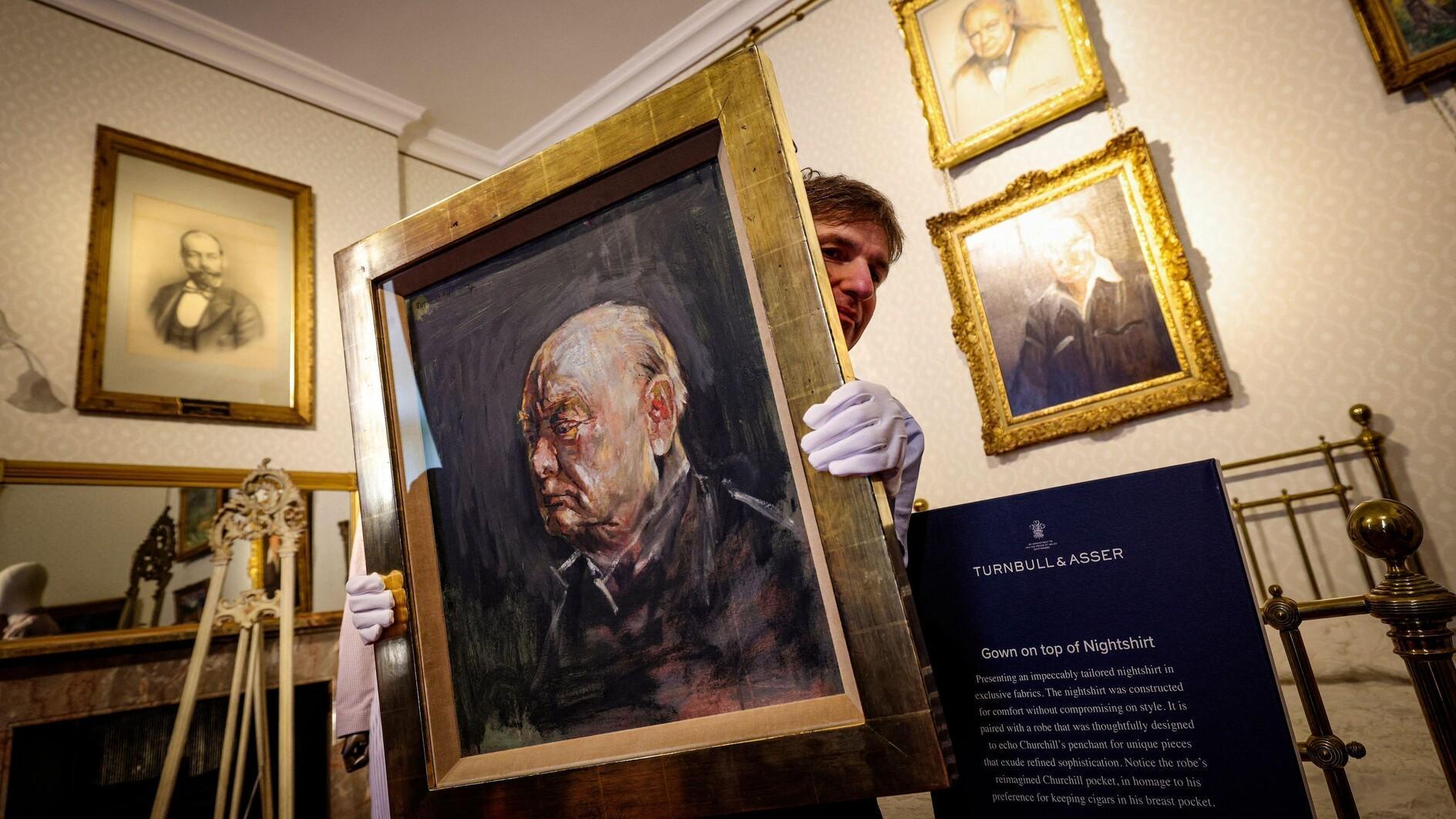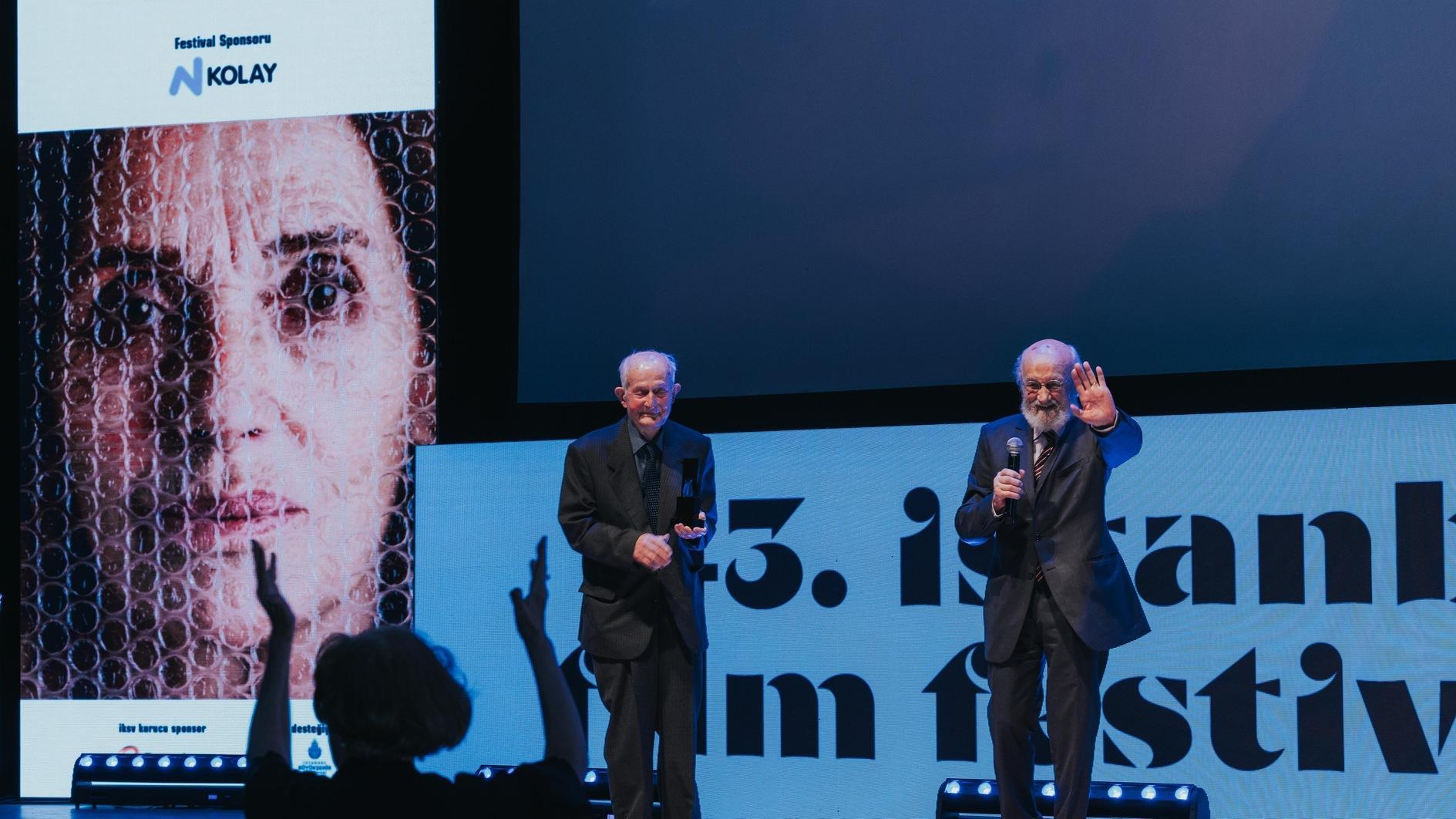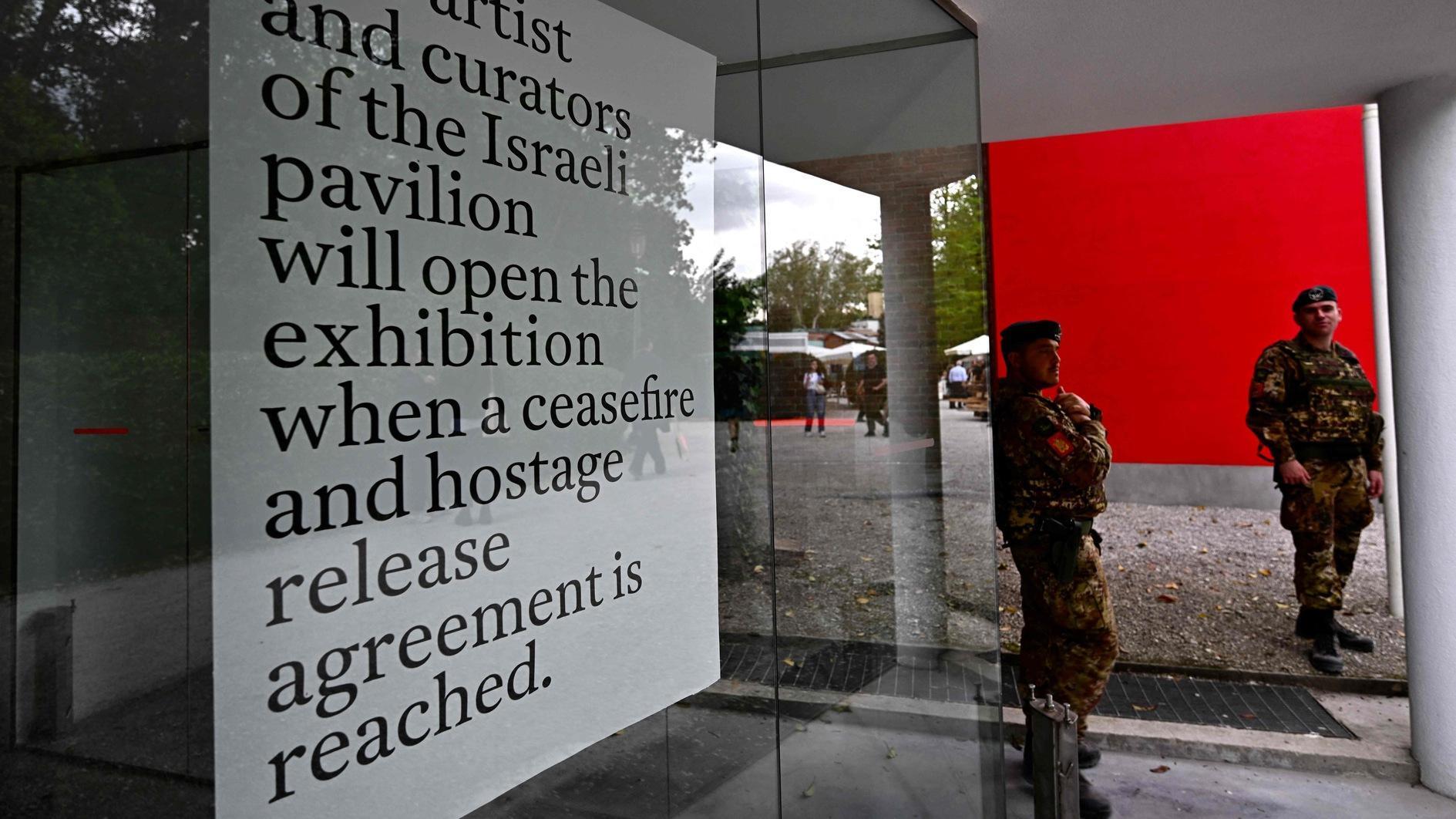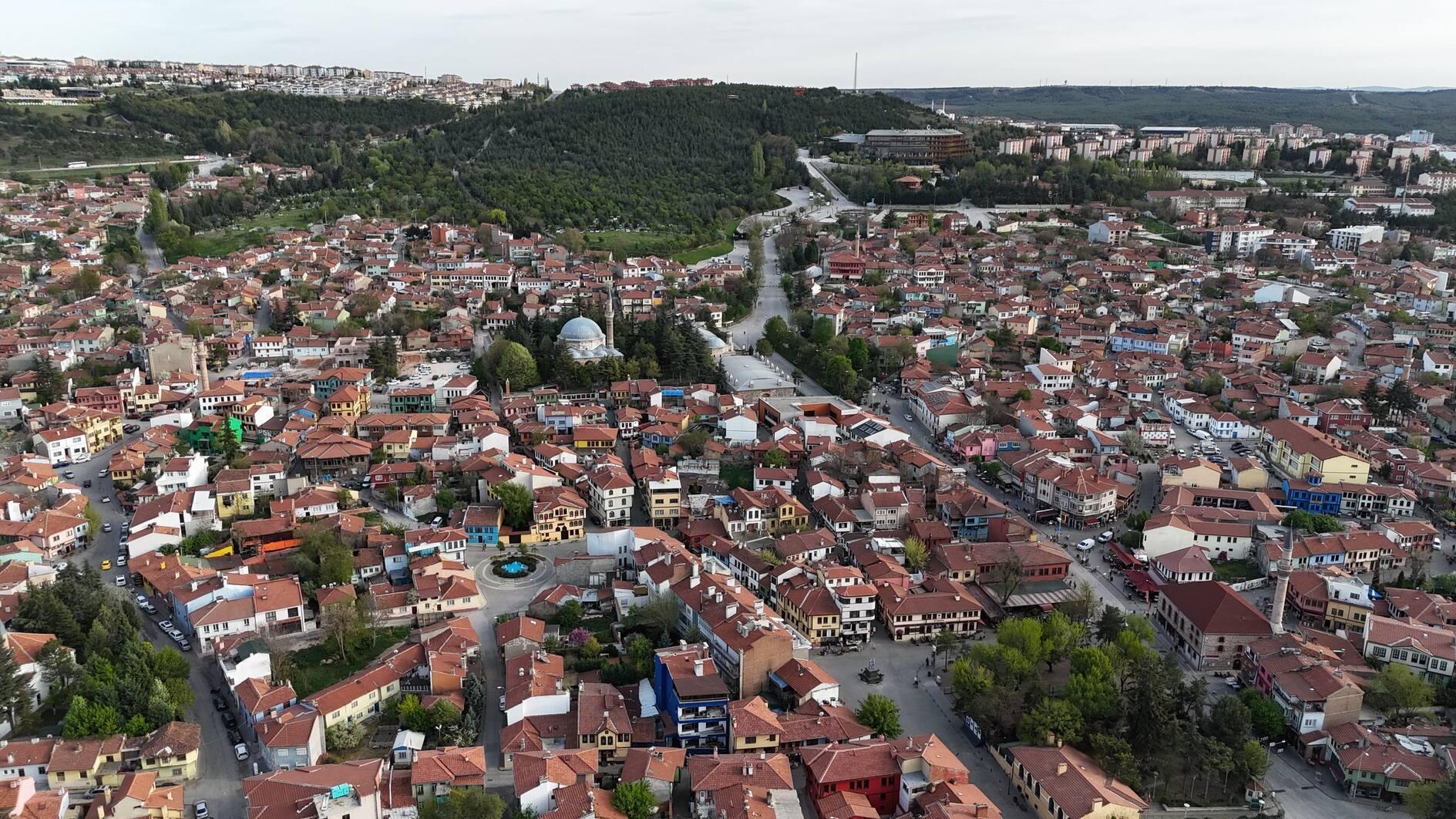Strolling through the gardens of Aynalıkavak Kasrı
NIKI GAMM
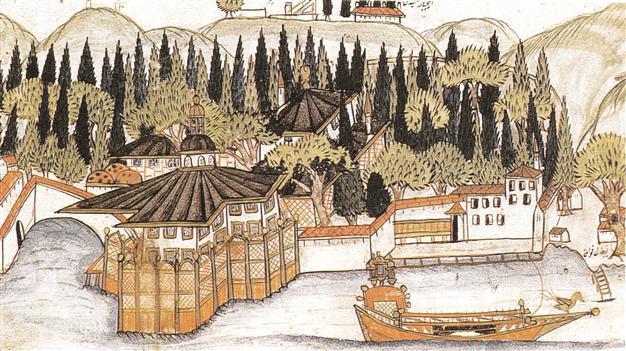
Miniature showing Aynalıkavak Kasrı (Shipyards Palace) and imperial garden.
Aynalıkavak Kasrı, a charming small palace on the north bank of the Golden Horn, was built in 1613 by Admiral Kayserili Halil Paşa, according to one source on the orders of Sultan Ahmed I (r. 1603-1617) – or even earlier, according to the 17th-century Ottoman travel writer Evliya Çelebi. It has also been called the Tersane Sarayı (Shipyard Palace) and is the only building that has remained standing until today out of a group of buildings next to the Ottoman shipyards that stretched along the northern shore.Following the conquest of Constantinople in 1453, Fatih Sultan Mehmed II established a shipyard in the Kasımpaşa neighborhood although the main center of Ottoman activity was at Gelibolu. At the time, the north shore from Kasımpaşa up to Okmeydanı was covered in orchards and forests, making it an ideal place to hunt and enjoy the outdoors away from the crowded Old City. Fatih is known for having frequently set up the imperial tent city here in which he could attend to business and relax. After the shipyard was founded, it became known as the Tersane Garden and the Hasbahçe (Privy Garden). No permanent buildings were located there, however, until 1613; if there were, none survived.
Evliya Çelebi writes that Fatih liked the area so well that he had köşks built, a hamam, pools and jet-stream fountains. Some 12,000 cypress trees were planted there along with plane trees, weeping willows, box trees and pines. The orchards were famous for their juicy peaches and apricots. Fatih also had boathouses built along the shore, making it easy to cross the Golden Horn and visit among the many waterside mansions and palaces that sprang up there. The travel writer tells how the sultan planted seven cypress trees with his own hands and how his teacher, Akşemseddin, planted one too.
Historians Eremya Çelebi and Naima stress the colorful flowers that decorated the area in the 17th century and the beginning of the 18th. The location was also convenient for the sultan and his entourage to go to Okmeydanı, where they could indulge in various sports such as archery and jeerit.
The practice of building small köşks and kasırs continued as the area proved to be such a popular place. Evliya Çelebi notes that he spent a lot of time there, especially during the month of Ramadan, when everybody fasted during the day. He would come with friends and while away the night eating, in conversation and reciting poems and singing.
In 1615, enough construction around the Tersane Sarayı had been completed that members of the sultan’s harem could stay there; the future Sultan Ibrahim was born there and apparently grew up there. More buildings were added as the need for new space was felt in subsequent reigns. Unfortunately, the kasır burned down in a fire during the reign of Sultan Mehmed IV (r. 1648-1687) and had to be rebuilt (1677).
Kasır receives the name Aynalıkavak
We don’t hear about the Aynalıkavak Kasrı from then on until the reign of Sultan Ahmed III (r. 1703-1730) when the kasır actually received the name, Aynalıkavak. It seems Sultan Ahmed III chose to stay there from time to time and especially when circumcision ceremonies were being held for three of his sons at Okmeydanı in 1720. We’re very fortunate in having miniatures of the entertainments held there at the time, showing the sultan and two of his sons watching performers and various entertainments including musical concerts and fireworks. Additional buildings were constructed during Sultan Ahmed III’s reign because the kasır was not large enough to house the sultan’s entire harem. The kasır and the area around it also served as the center for the many entertainments that were held during the so-called “Lale Devri” (Tulip Period) by the sultan and his grand vizier, Damad Nevşehirli Ibrahim Paşa. These came to an end in 1730 with the Patrona Halil rebellion and Ahmed’s dethronement.
Professor Dr. Nurhan Atasoy, in her book “Hasbahçe,” relates an anecdote from the historian Silahdar Fındıklılı Mehmed Ağa’s “Nusretname,” in which Prince Süleyman, the son of Sultan Ahmed III, moved to the Tersane Bahçe in order to read the Quran. The viziers and members of the learned class participated in a ceremony held in the room that contained the holy relics of the Prophet Mohammed and the early caliphs. After the prayers, those present and especially the prince’s teacher were presented with sable furs. The sultan then left the Tersane Bahçe and moved to his palace in Beşiktaş.
It was also during the reign of Sultan Ahmed III that the kasır received its name of Aynalıkavak Kasrı. Following the Treaty of Passarowitz which was signed in 1718 with the Republic of Venice and the Austrian Empire, Venice sent to the sultan a number of very large mirrors (ayna in Turkish) and he had them installed in various rooms around the kasır. So the place acquired the reputation of having mirrors as big as poplar (kavak) trees. This was converted among the people into the “Aynalıkavak Kasrı.”
The Aynalıkavak Agreement was signed here (1779) between the Ottomans and Russia through which the independence of the Crimea was recognized. In the reign of Abdulhamid I (r. 1774-1789), it was repaired by Grand Vizier Koca Yusuf Paşa and a portion of its garden given to the shipyard (1786).
Repaired in the reign of Selim III
In the reign of Selim III (r. 1789-1807) the kasır won today’s appearance when it was once again repaired, this time by Admiral Damad Küçük Hüseyin Paşa in 1791. It became a two-story extended building with a basement and was made up of two reception rooms and rooms on the sides. The windows of the reception rooms have been decorated with bands of calligraphic writing in talik script by Yesari Mehmed Esad (d. 1798), a handicapped, left-handed calligrapher who is credited with developing the script from a Persian one. They contain verses by the poets Şeyh Galib and Enderuni Fazıl. The kasır is one of the best examples of classical Ottoman architecture with seating around the sides of the rooms, the famous mirrors, braziers, lamps and other furnishings commonly used in the 19th century.
Today in tribute to Sultan Selim III, a major figure of Turkish classical music, the ground floor of Aynalıkavak Kasrı has been given over to an exhibition of Turkish musical instruments donated by various individuals and institutions, together with photographs of antique instruments at Topkapı Palace Museum. The gardens and cafeteria attract many visitors, as do the Aynalıkavak Concerts of classical Turkish art music. Private receptions can be held in the gardens.


